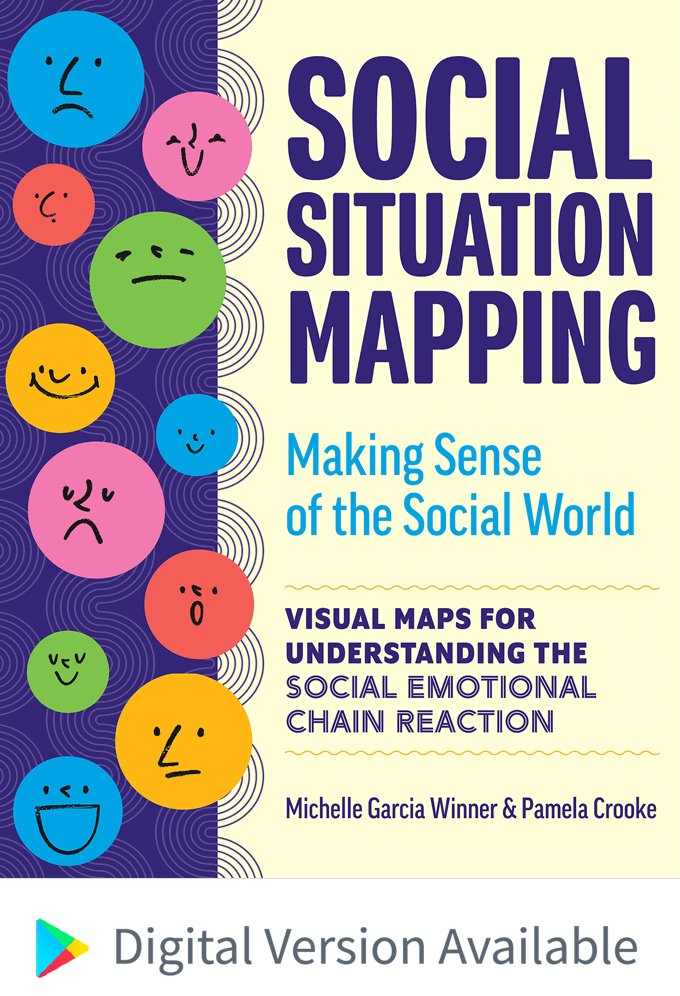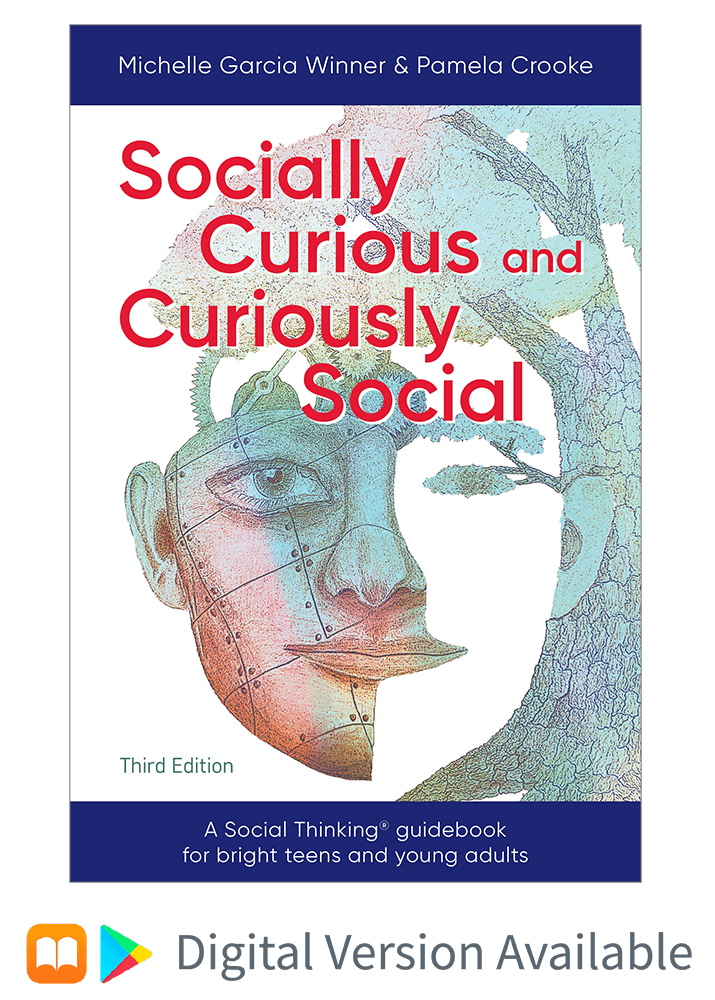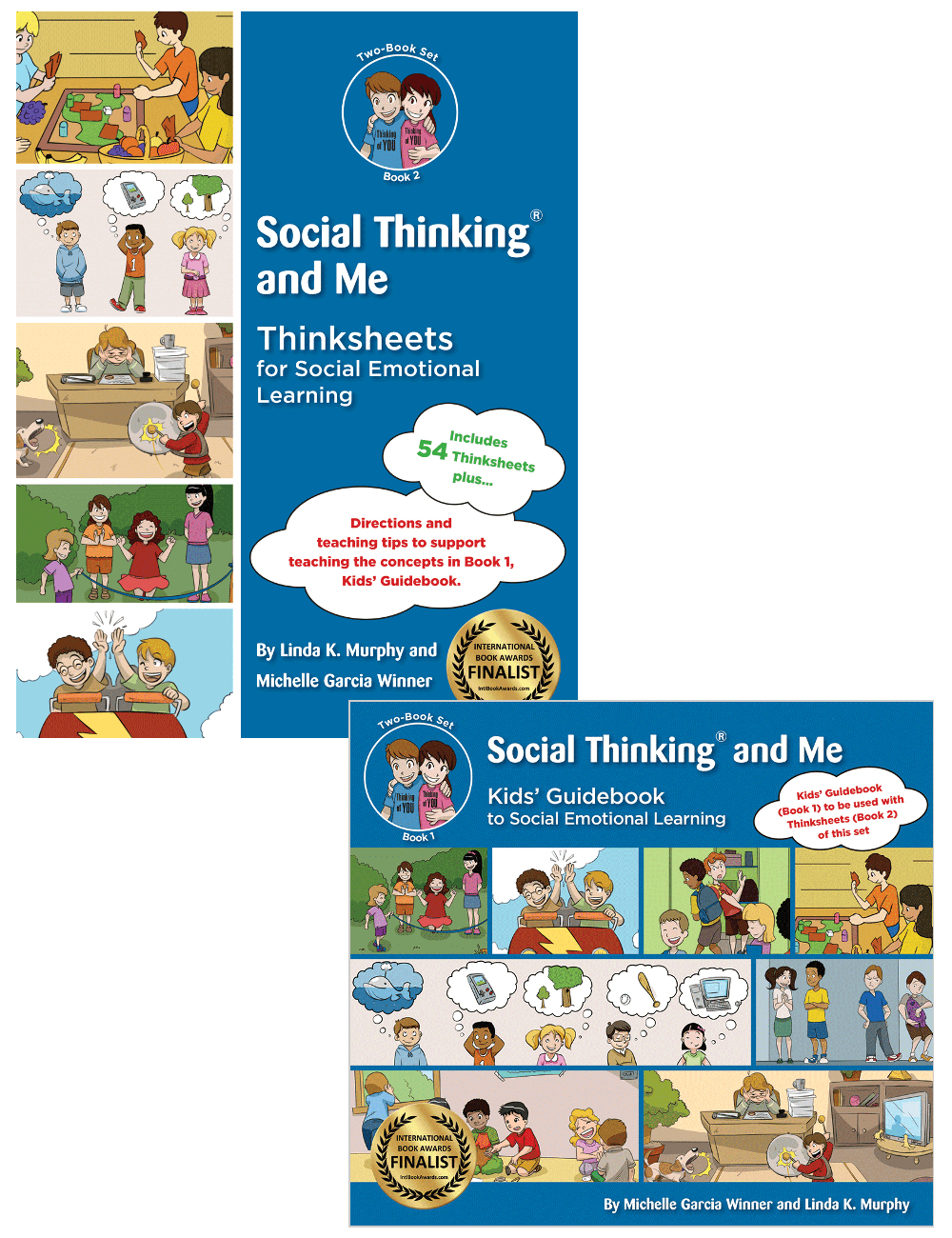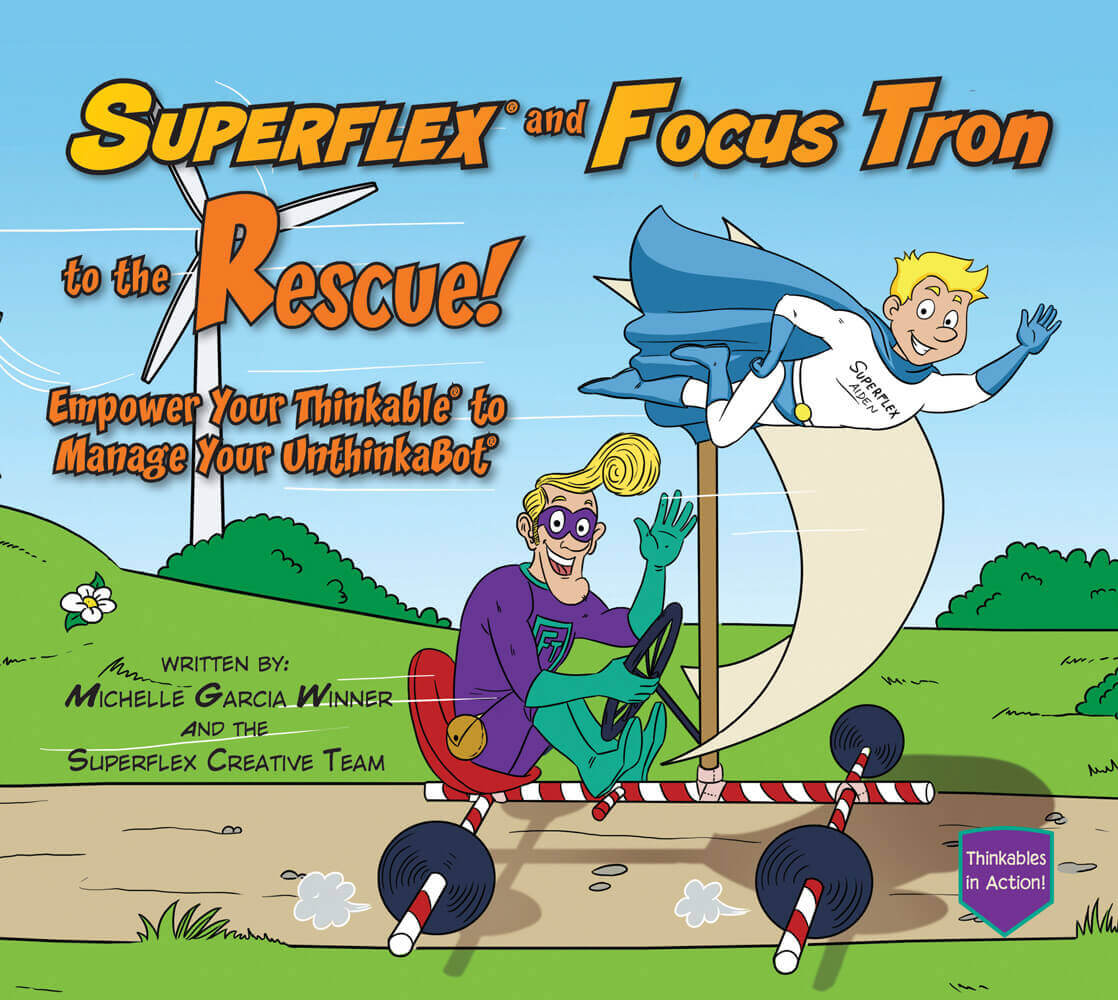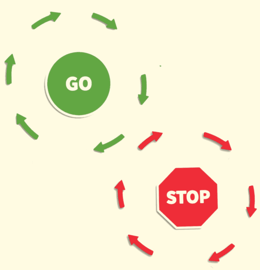Updated: July, 2022
© 2022 Think Social Publishing, Inc.
There is no bigger compliment than giving our attention to another person (when desired, of course). Whether the focus is brief, sustained, or undivided, we crave the acknowledgment from others. The flip side is what we might call the “anti-compliment” of a split and splintered focus between technology screens and face-to-face focus. This on-and-off, back-and-forth attention communicates a strong message: I’m interested in you—sort of…and sort of not.
A recent report, Social Media, Social Life: Teens Reveal Their Experiences (Common Sense Media, 2018), sheds light on a growing divide between our attention to electronic devices and social media and face-to-face interactions. Thirty-five percent of teens now say texting is their preferred mode of communication with friends, while 32% prefer face-to-face contact. Compare this to data from 2012, when 49% favored face-to-face interactions. The report also explores feelings about social media based on perceived high or low social or emotional well-being. Not surprisingly, 70% of those with low social and emotional well-being felt left out or excluded on social media. This makes sense—have you ever had the experience of not being picked for a team or project? It is the same disappointment and sadness that permeates the emotional vaults of those feeling excluded in cyberspace. Interestingly, from a mental health perspective, most teens reported that social media led to decreased depression and anxiety. However, the latter may represent the difference between a teen's self-awareness and perceptions of their life at the time versus a familiar adult's more objective view. Most of us remember that our ability for accurate self-appraisal and awareness during the teenage years was less than optimal.
Digital World? We Also Need In-Person Communities
From our experience talking to teachers and parents around the world about the impact of the digital world, there is a widespread concern that fewer face-to-face encounters increase social anxiety and depression. In fact, both Sherry Turkle (Alone Together, 2011) and David Hsu (Untethered: A Primer on Social Isolation, 2018) discuss the link between limited social interactions in face-to-face communities and mental health challenges such as social anxiety, anxiety, and depression. The connection is clear: sustained social isolation from interacting with real people "in person" leads to mental health challenges. So, what are we doing about it?
As humans, we recognize the power of a hug or physical support of a pat on the back or a hand on the shoulder in a time of emotional crisis. We know that a "high five" or friendly bump from a peer, if nothing else, acknowledges our existence and implies a possible connection. On the other hand, research has shown that a complete lack of physical contact is damaging to mental, emotional and physical health. What about the importance and role of relationships?
In a 2018 article entitled How many hours does it take to make a friend? Dr. Jeffrey Hall emphasizes that it requires many dedicated hours to move from acquaintance to friendship. But with only 15 or so hours of awake time each day, there are only so many hours to divide between digital and face-to-face connections, and while both digital and in-person communication have distinct nuances, shouldn’t we understand and practice both? More importantly, are we developing the face-to-face relationships we all need to feel connected in our non-virtual communities, schools, and work settings?
Explicit Instruction
We work with many children, teens, and adults whose social and emotional well-being are at high risk. Parents and professionals have deep concerns about the social and emotional welfare of many, if not all, children today. Some report that their children devote almost no time in face-to-face communities and the ramifications of this are not fully understood. But time will tell, as we study this first generation of children who have had free range access to devices and social media throughout their formative years.
The good news is that many of us remain dedicated to teaching direct, explicit strategies for face-to-face communication as possible protective agents or inoculations against loneliness. As we teach toward a greater focus on people and relationships in the here and now, we have put together some ideas for you to explore.
- Discuss the idea of the “digital and face-to-face communication divide” with individuals with whom you work in classrooms, religious groups, sports teams, and homes. Talk about their social expectations for peers in both online and real-time communities. Explore the idea that when we do small things to show we notice one another as members of our community (not even as friends), we may feel more comfortable in our own social skin. We may also choose to point out:
- Humans need attention from others. Most prefer positive but will take the negative attention if this is all they can get!
- We usually describe people as friendly and approachable if they seek our attention and show interest in us. For example, imagine a hypothetical: two people walking by who are exactly the same in every way, except that one says, “hi” and the other ignores us. Ultimately, we will consider these two people quite differently. The first seems "friendly," while the other may go unnoticed. Or, we may think they are aloof or rude or doesn't like us. If we are asked to choose one with whom to work in a group, we would likely choose the one we perceived as friendly or approachable.
- Being friendly is not a friendship but being friendly or just approachable does lead to an increased sense of social comfort in our communities. When we feel comfortable with those who are around us, even with people we don't actively engage in interactions, we are less likely to develop social anxiety and related depression.
- Based on the above, discuss what this looks like in real time. Encourage students to look up from their devices when hanging out or walking by their peers and to acknowledge one another, either verbally ("hi," or "hey," or "what's up?") or with a glance, head nod, or smile.
- We are ALL distracted by our phones. After all, many of us are holding a mini computer with endless ways to lose focus on others. Many of individuals with whom we work are aware they are not fully experiencing the face-to-face world, and when uncomfortable shift attention to their device. One place to begin is to remind (or teach) the value and impact of greetings on building one’s own face-to-face community. Most of our students know how to join a digital community (log in, post, comment), but struggle in real time face-to-face interactions. Note: Individuals who are highly anxious struggle with social competencies will find this difficult, uncomfortable, and are likely to push back, make excuses or simply shut down. Take the time "up front" to explore the reasons WHY social communities are essential – not just online, but in person.
Consider the many individuals with devices in hand who rarely if ever have experienced greeting their peers, as they are always distracted by their phones during unstructured time! How do we help them appear open to communicating with others in the face-to-face world?
- Start with observing. Have the individual observe others as they greet each other. We need to observe social behavior to help us notice others’ strategies and choices. Don't skip this step!
- Have them notice the different ways in which people say "hi" to one another (with words and without).
- Next, have them observe peers again to identify the person with whom they may want to practice, as well as which type of greeting to use. Note: many will only want to greet adults at first. This is okay and builds confidence, so don't push them into picking a peer. Allow the student or client to decide whether they want to use a verbal greeting or simply a gesture (wave, smile, nod, glance, etc.). This will differ based on age and culture, so help the student recognize different types of greetings for different people, places, and situations.
- Recognize that many individuals with social anxiety struggle with social competencies don't think they have a choice of people with whom they can be friendly. Help them learn they have the power of choice. They can decide who they will attempt to relate to and when. This also provides a sense of self-control, autonomy, and self-determination over connections in their face-to-face world.
- Practice the timing. In a small group, have students think about and practice the timing of greeting one another.
- Teach how we coordinate our physical movements, with our eyes (this is not about eye contact, but rather how we use our eyes to gather information) and our words when greeting one another.
- Begin with students on opposite sides of the room. As they walk by one another (generally about one yard apart), start by just glancing towards another person.
- On the next pass, add a tiny smile.
- On the next pass, add a greeting response (words or nonverbal). Note the timing and coordination of both verbal and nonverbal responses. You will likely notice your student needs to practice this quite a bit before they are ready to do it in real time.
- Assure them that this type of practice is an excellent way to build their social muscle and calm their nerves for execution in real time with others outside the session. Avoid assuming that one pass is enough.
- Be positive and encouraging. You will notice improvement with practice while building their social self-confidence.
If your experience is like ours, you will be amazed by how important this practice can be in helping establish a sense of belonging in the community that physically surrounds us! After all, when others perceive friendliness and/or approachability in face-to-face communities, we may begin to see this spill into physical communities, that in time, may parallel their online networks. This is a good thing for all of us as we seek inclusion in all places that require our participation: with friends, in a job interview, at work, when sharing space with others in public, when walking down the street, etc. Helping our students and clients seek membership and balance in both real-world and online communities is now considered to be a life skill. Let’s not let this life skill go unnoticed.
Related articles
Turkle, S. (2011), ALONE TOGETHER: Why We Expect More From Technology and Less From Each Other; Basic Books.
Common sense (2018) online report: Social Media, social life; teens reveal their experiences
David Hsu, 2018 Untethered: A Primer on Social Isolation; www.ReadUntethered.com
Hall, J. (2018) How many hours does it take to make a friend? Journal of Social and Personal Relationships, pp 1–19; DOI: 10.1177/0265407518761225












